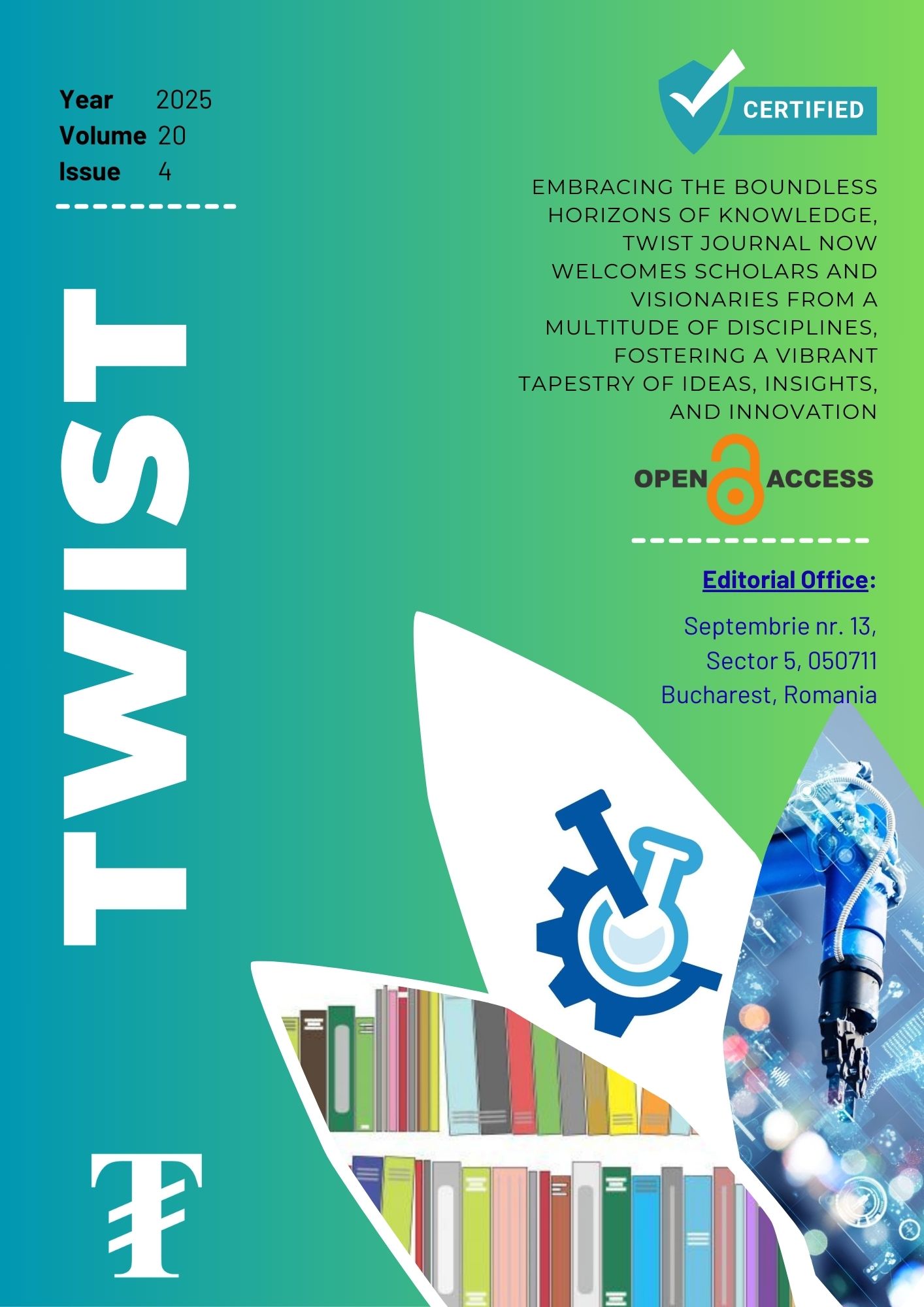Reliability of Artificial Intelligence in Estimation of Vertical Dimension of Occlusion in Completely Edentulous Patients (A Randomized Cross-Over Trail)
Keywords:
Vertical dimension, Complete denture, Artificial Intelligence softwareAbstract
Objectives: The current study was conducted to evaluate the reliability of artificial intelligence software in determining the precise vertical dimension of occlusion necessary for the full-mouth rehabilitation of edentulous patients and to investigate its impact on patient satisfaction.
Methods: The vertical dimension of occlusion of 11 edentulous patients was determined by the association of 3 different protocols Protocol A: Vertical dimension of occlusion was determined using the manual conventional clinical method , Protocol B: Manual measurement of the ‘Cephalometric linear reconstruction’ and Protocol C: Dentures fabricated using ‘Cephalometric linear reconstruction’ by artificial intelligence measurement (Software), Patient satisfaction of different protocols was assessed and compared as well.
Results: Comparison between 3 protocols demonstrated insignificant difference between as P=0.79, in protocol A; vertical dimension of occlusion was (68.65 ± 3.53), protocol B was (67.97 ± 3.49), while protocol C was (68.15 ± 2.87), Interclass correlation coefficient of each protocol revealed excellent reliability as ICC= 0.99, 0.98, 0.97 regarding Protocol A, B, and C respectively. Concerning patient satisfaction with different protocols, no significant difference was observed among them, with a p-value of 0.56.
Conclusion: Linear cephalometric measurements, whether conducted manually or utilizing existing Artificial Intelligence software, hold the potential to ascertain the ideal vertical dimension of occlusion necessary for the production of complete dentures, ensuring a satisfactory experience for patients.
Downloads
Downloads
Published
Issue
Section
License
Copyright (c) 2023 TWIST

This work is licensed under a Creative Commons Attribution-NonCommercial-ShareAlike 4.0 International License.






